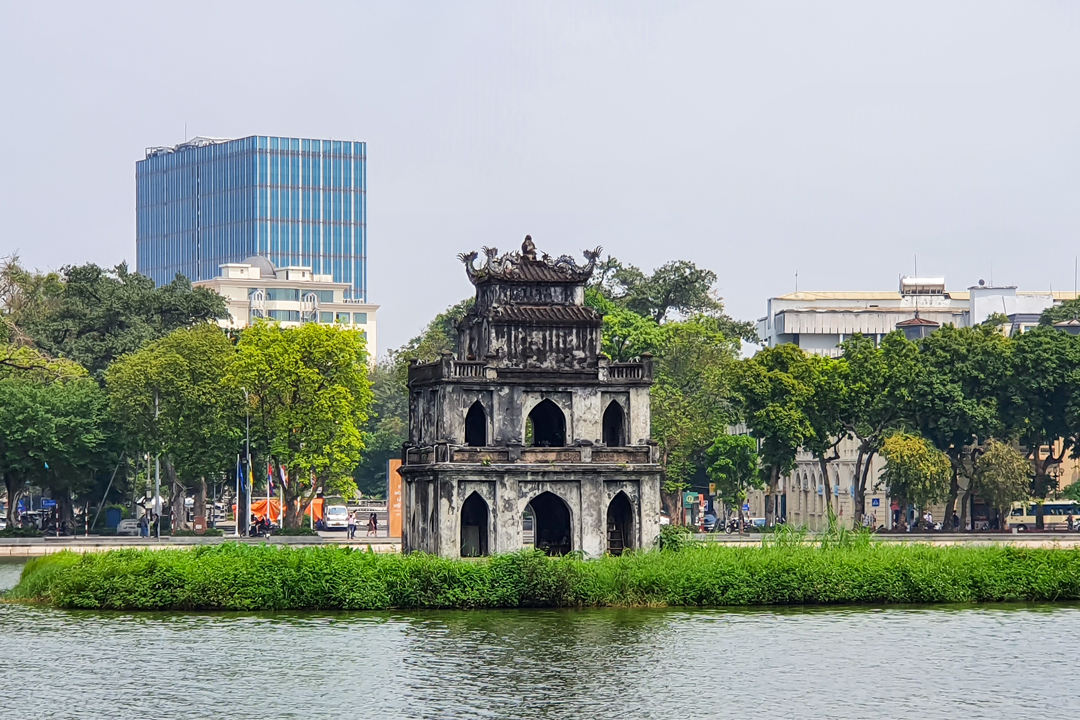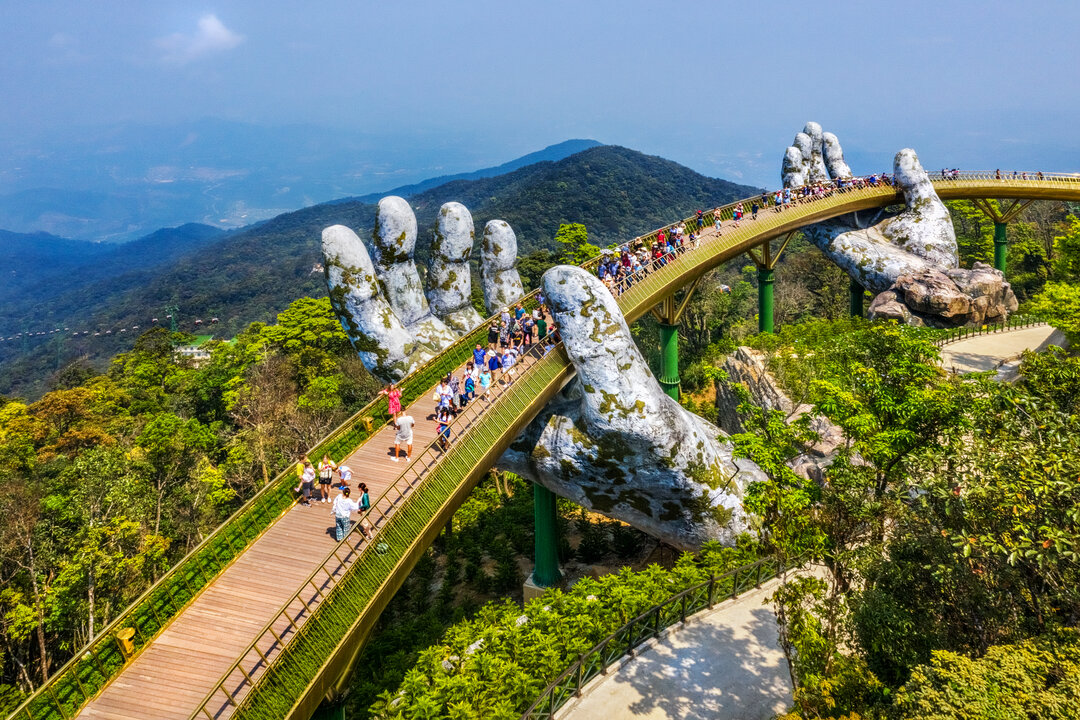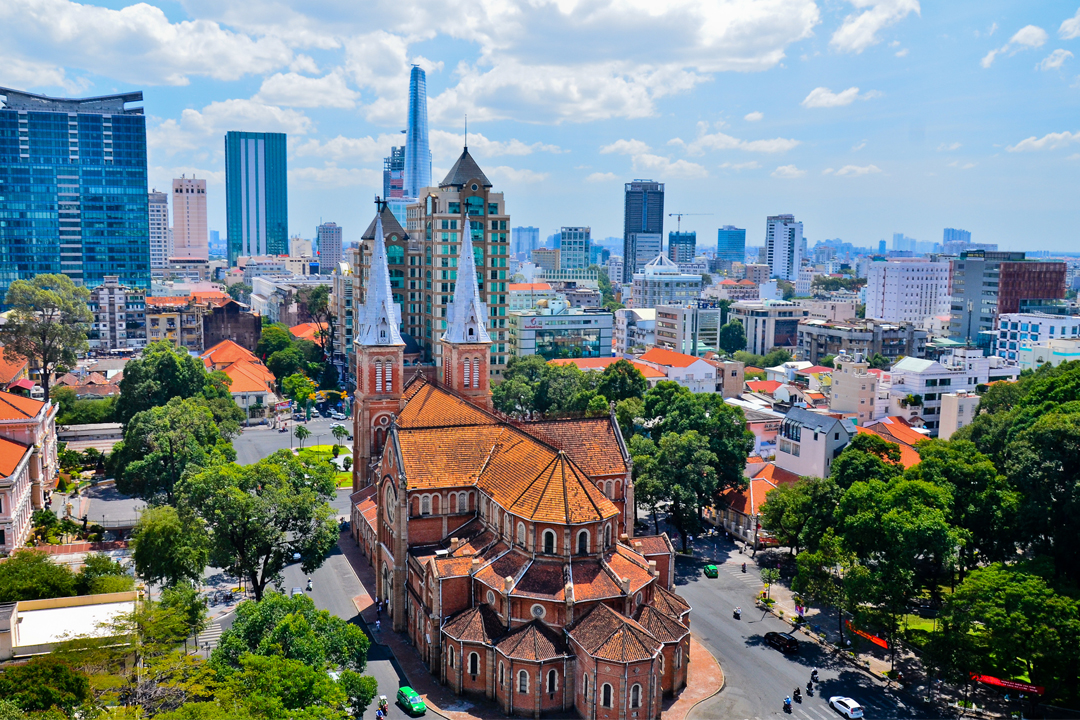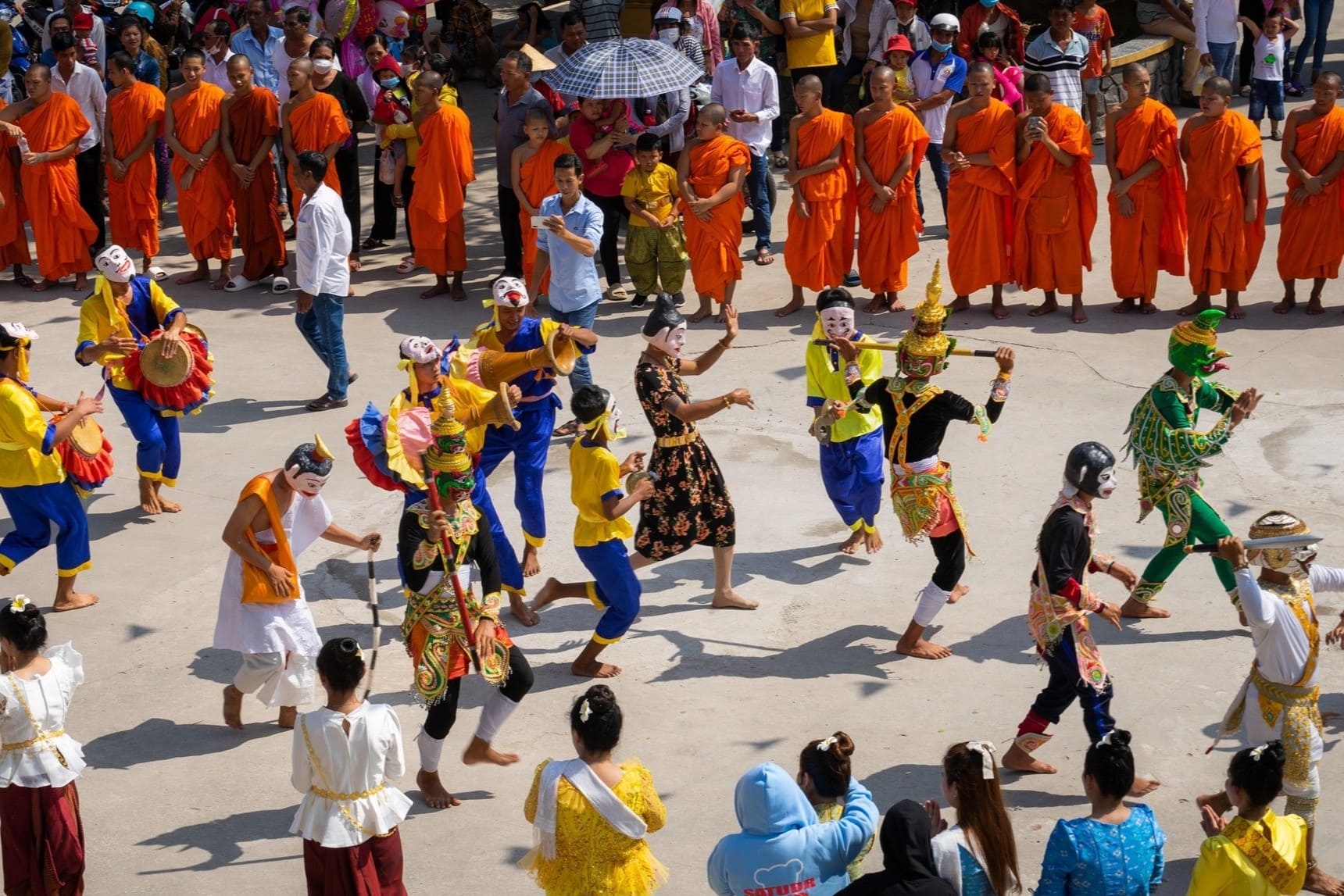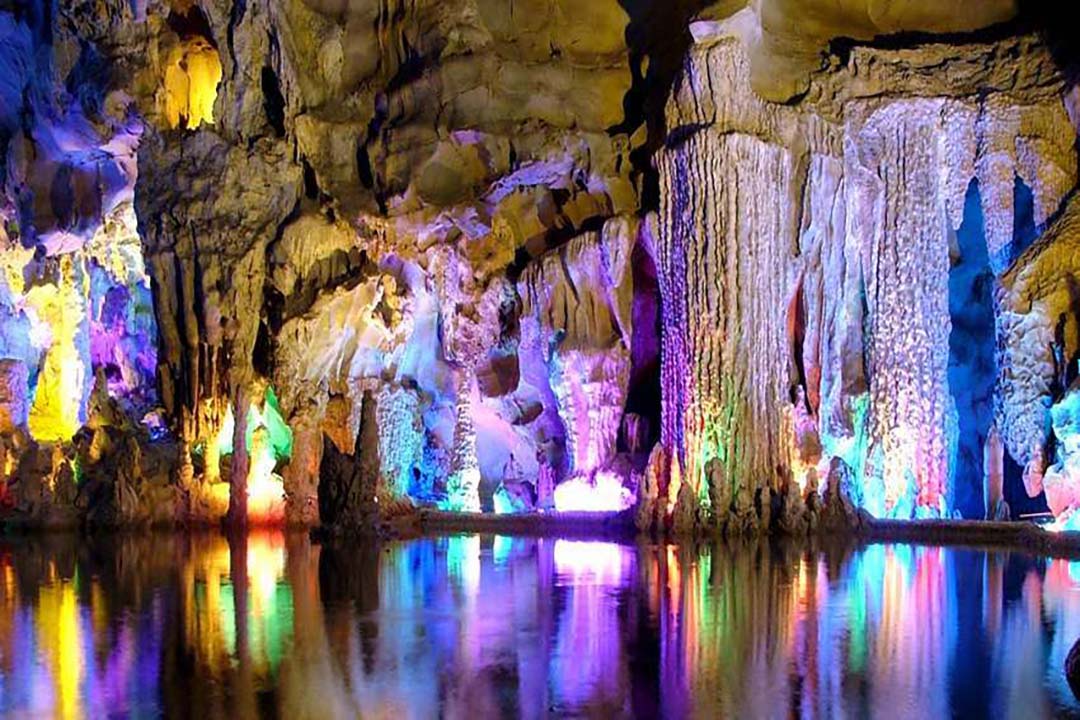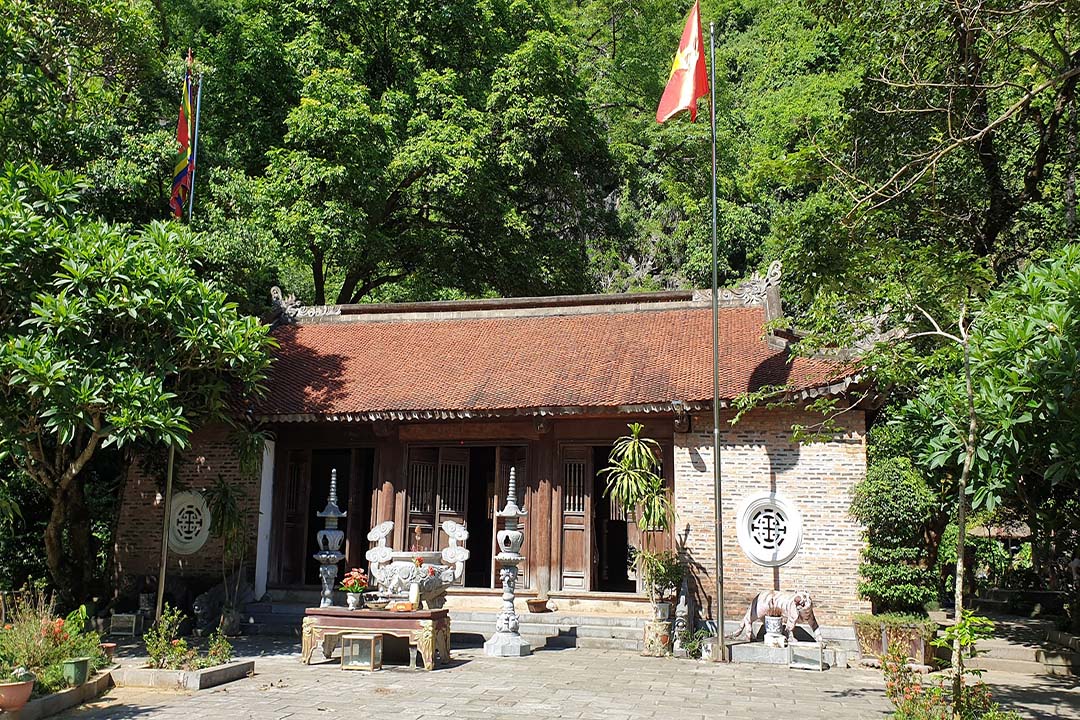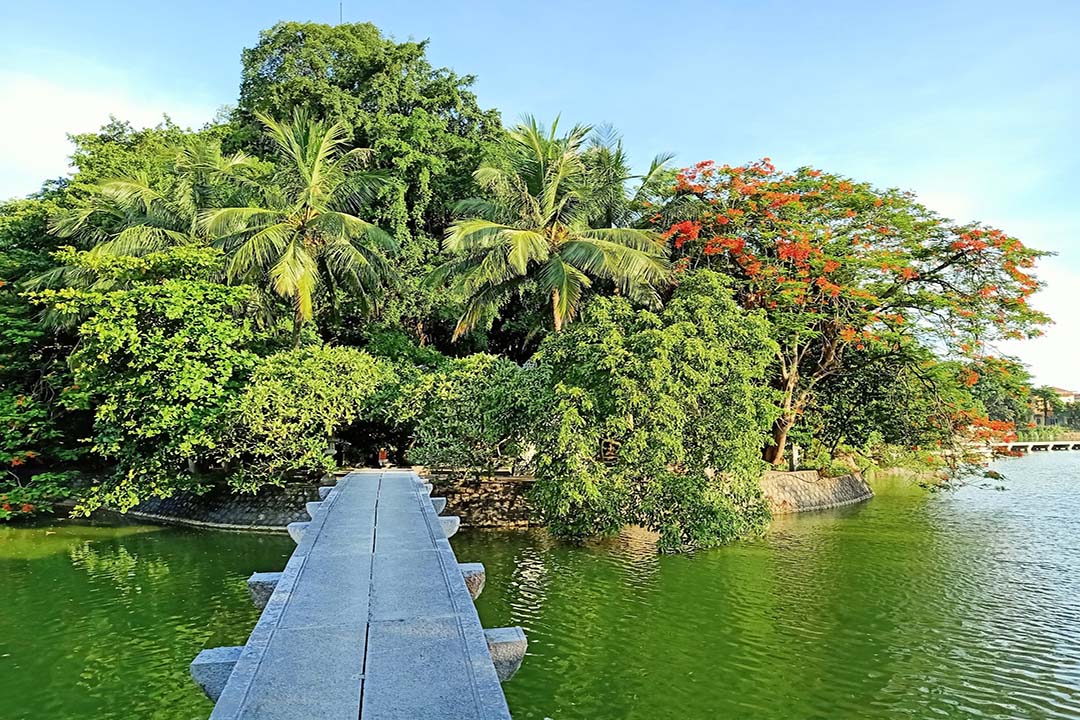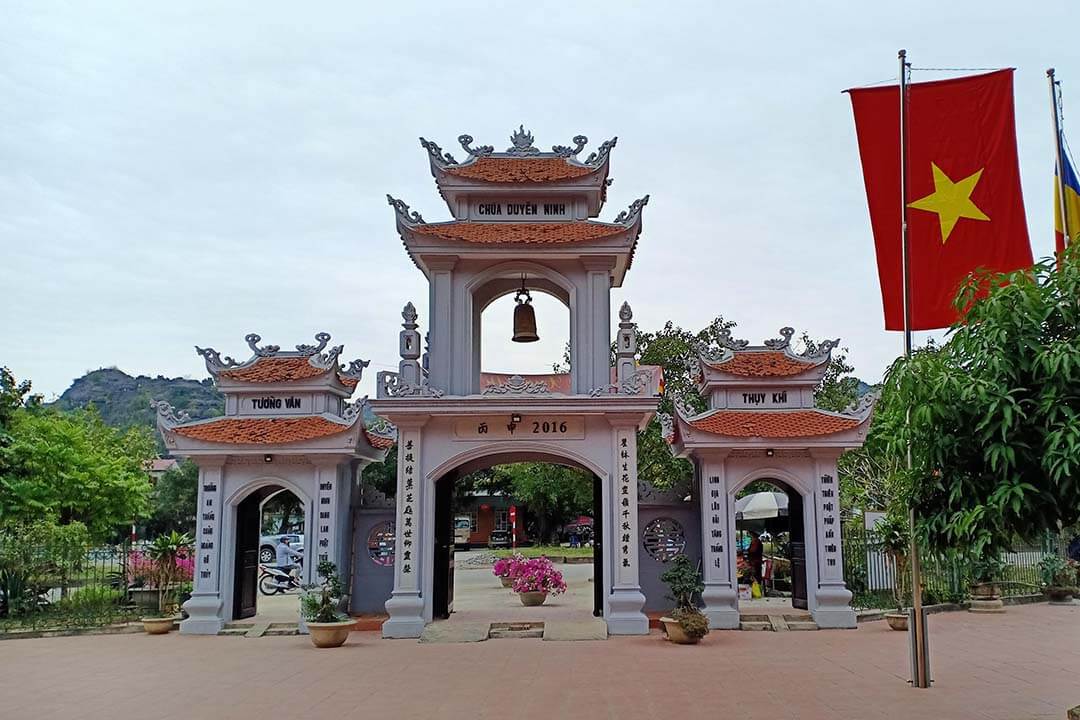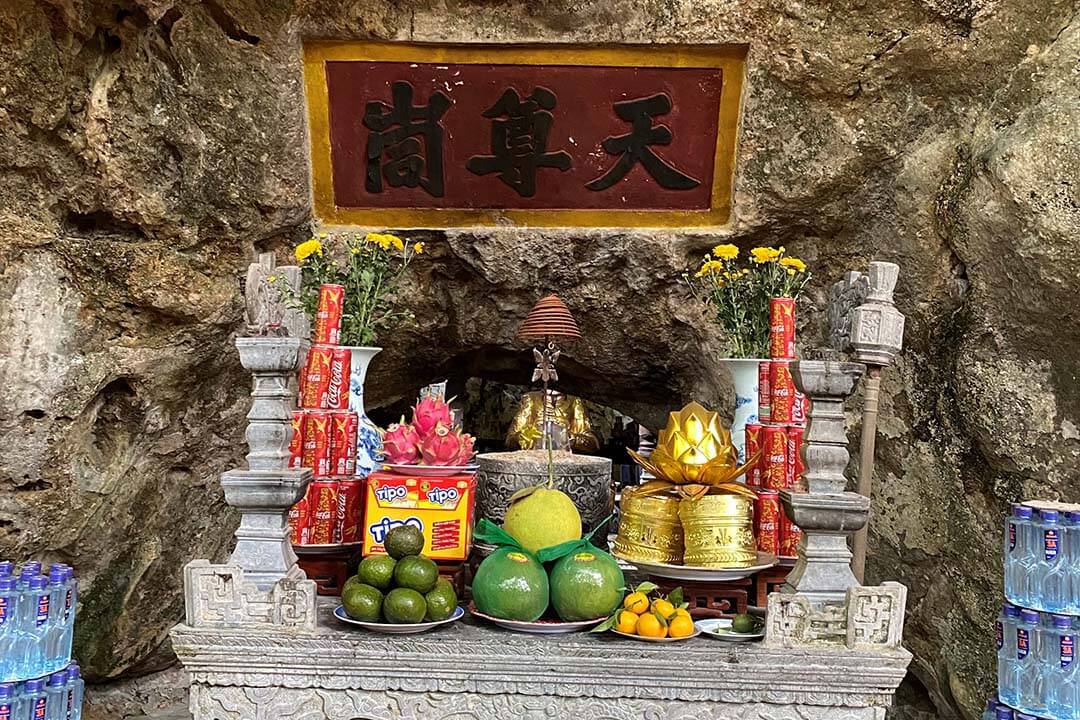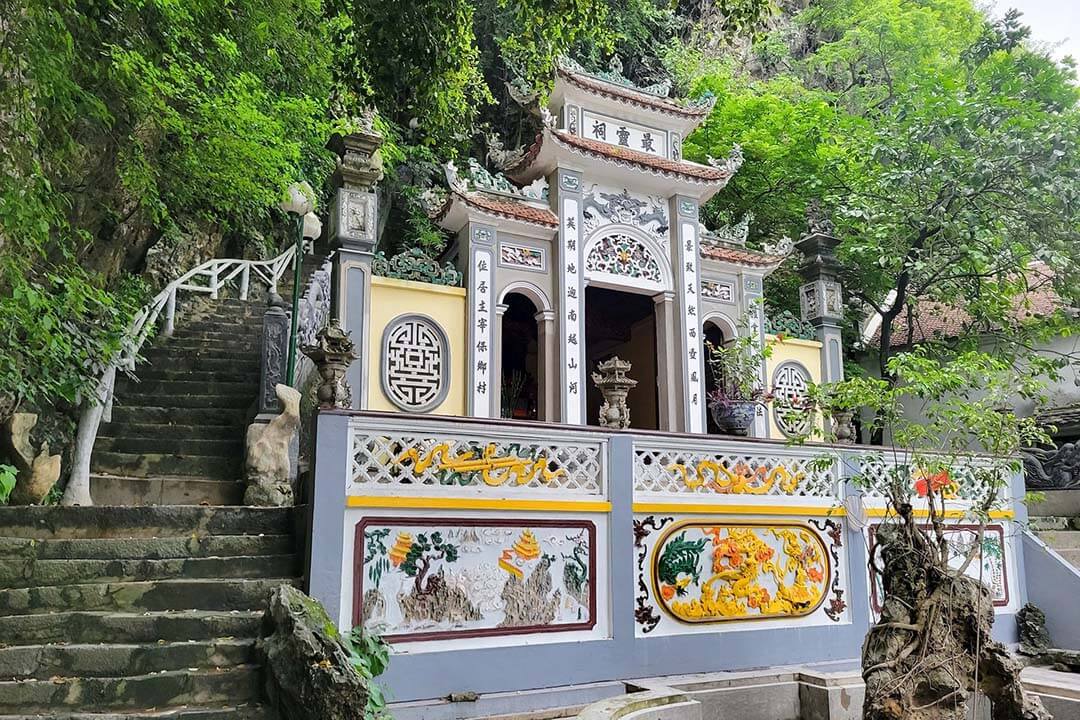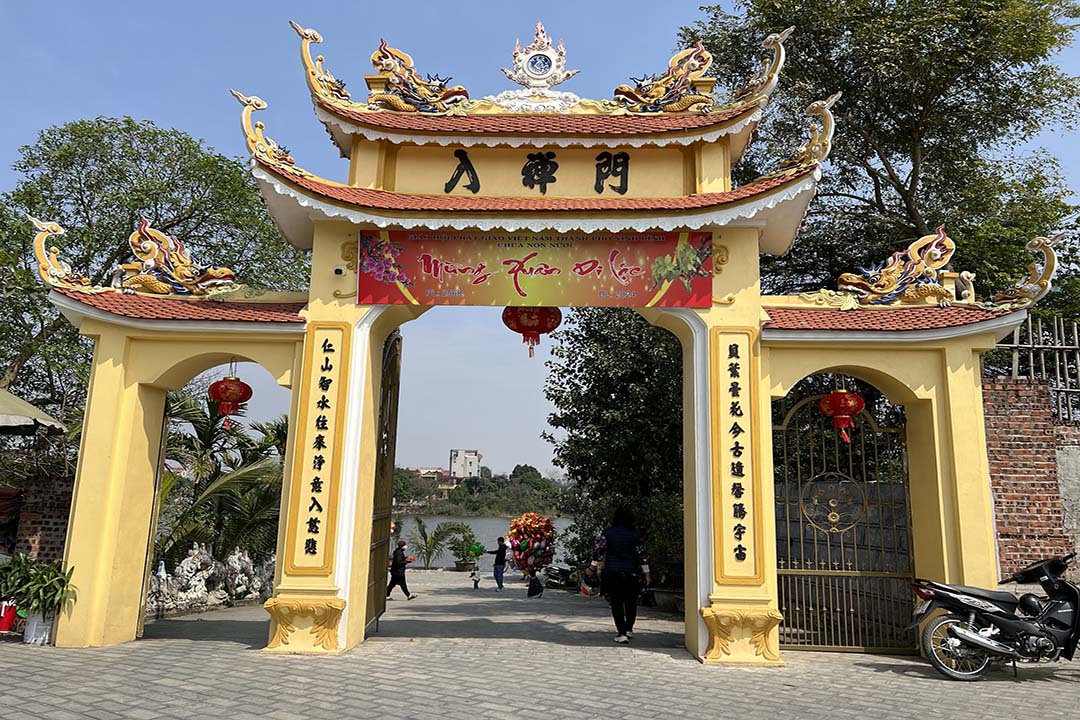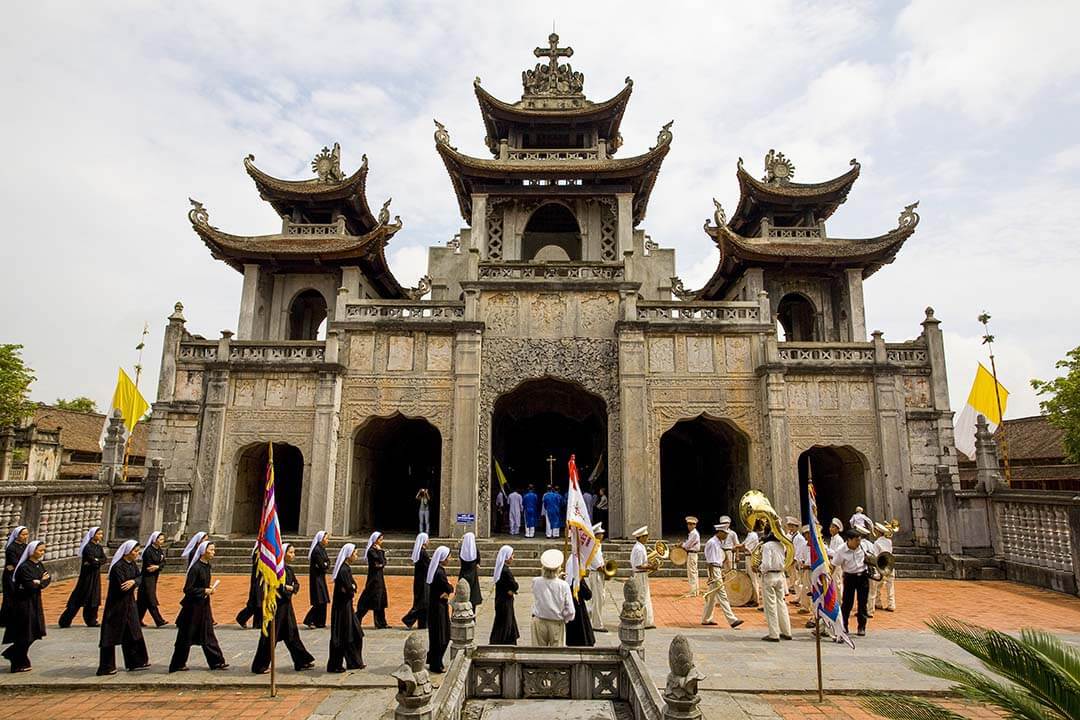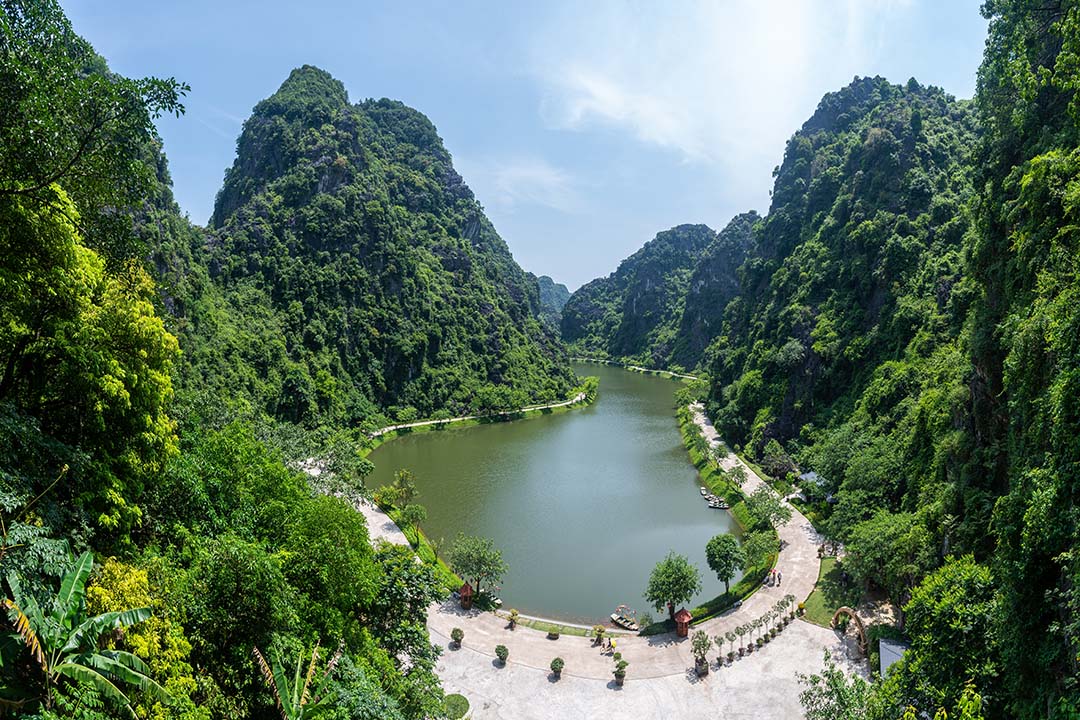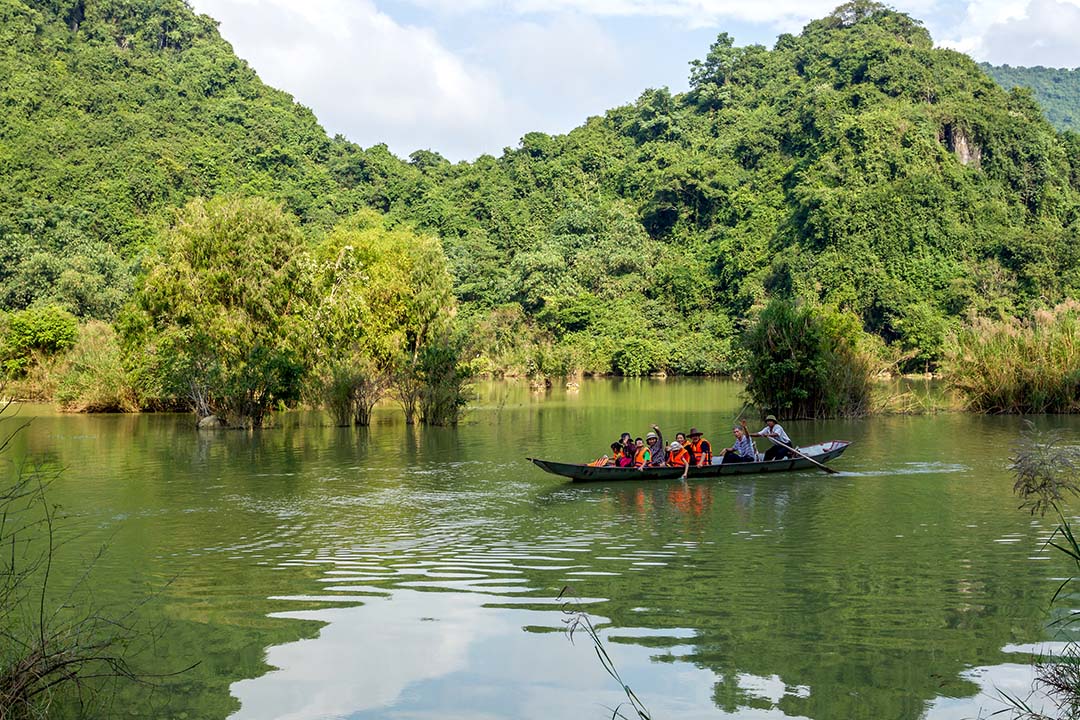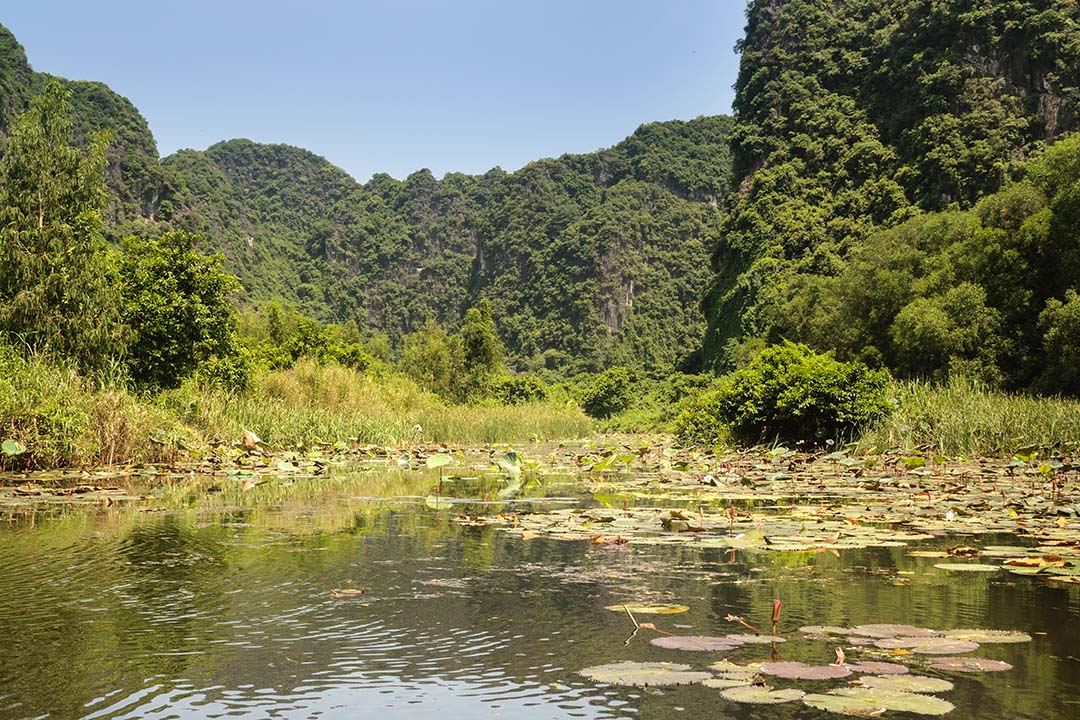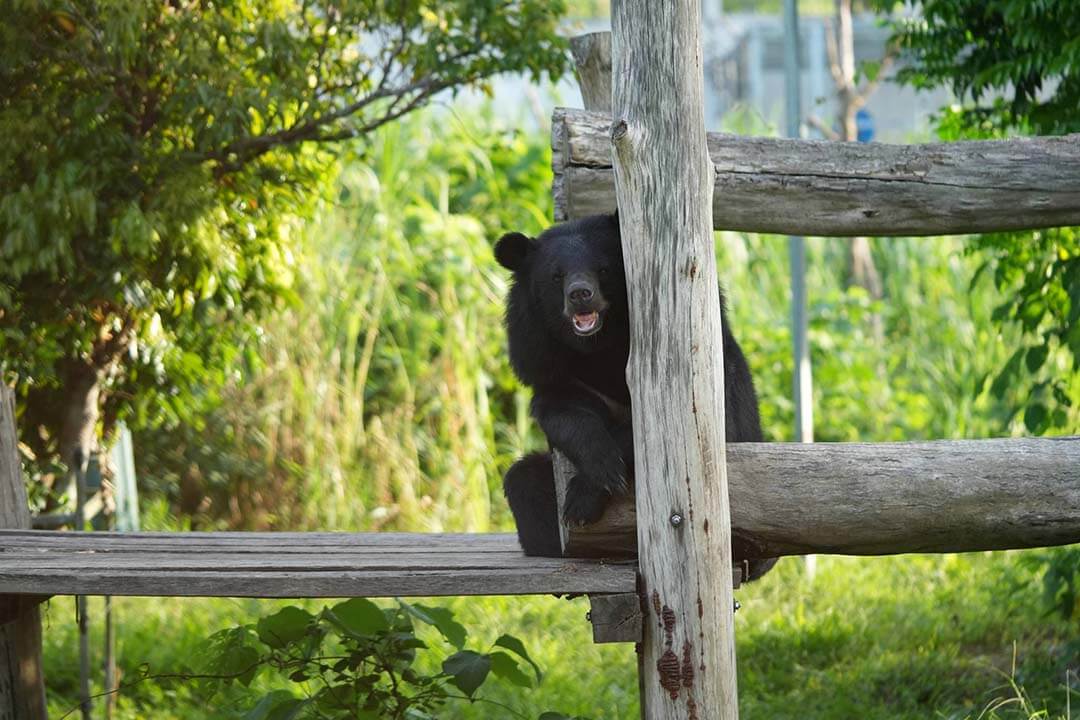Sep - 17 - 2025
The Ban Long Pagoda and cave are a fascinating combination, as this ancient pagoda is located near the Trang An World Heritage cultural site. Set within a dragon-shaped mountain, Ban Long Pagoda is a sacred site for Buddhists and a draw for nature lovers. In Vietnamese, “Long” means “dragon”, and “Ban” means “bed”, symbolizing the resting place of the dragon’s soul.
Ban Long Pagoda and cave are located in Ninh Xuan Commune, Hoa Lu District, Ninh Binh Province. The pagoda is 400 meters west of Trang An and about 6.5 kilometers to the west. In this article by GTrip, we will provide you with information on the history and architecture and a travel guide for you when you visit Ban Long Pagoda and the cave.
Historical of Ban Long Pagoda and cave
Ban Long Pagoda, one of the oldest religious sites in Vietnam, dates back more than ten centuries, with its origins preceding the Dinh Dynasty. This ancient structure has been a significant spiritual and cultural site, drawing visitors, pilgrims, and even warriors throughout its long history. Located within a cave on the Dai Tuong mountain range, Ban Long resembles a dragon in shape. For generations, it has been a place of meditation, reverence, and local lore.
According to local legend, Ban Long Pagoda was founded after discovering a mysterious dragon within a cave on the rocky slopes of the Dai Tuong mountain range. Locals who discovered the cave claimed to see a coiled dragon, an omen that inspired them to build a pagoda in its honor. Named “Ban Long Tu” by Lord Trinh Sam in the 18th century, the site gained greater recognition as a place of mystical significance. Interestingly, the cave contains a natural stone formation resembling a seated dragon, with details as vivid as scales along its surface. Folklore says these scales shimmer during droughts, symbolizing rain, and locals hold ceremonies to pray for rain in dry seasons.
Click into Top Ninh Binh pagodas to explore other famous temples and pagodas of Ninh Binh
Through the centuries, Ban Long Pagoda has witnessed various historical events, particularly during times of conflict. During the resistance against French colonial rule, the pagoda served as a military base, an engineering workshop, and an ammunition storage site.
During the resistance against American forces, Ban Long became a treatment center for injured soldiers at Military Hospital 105 in Military Region III. Ban Long’s history of resilience links it to Vietnam’s spiritual, and cultural heritage and its struggle for independence.
Today, Ban Long Pagoda is a sacred site and historical monument, preserving stories of folklore, spirituality, and national pride. It invites visitors to uncover both ancient and modern legends within its stone walls.
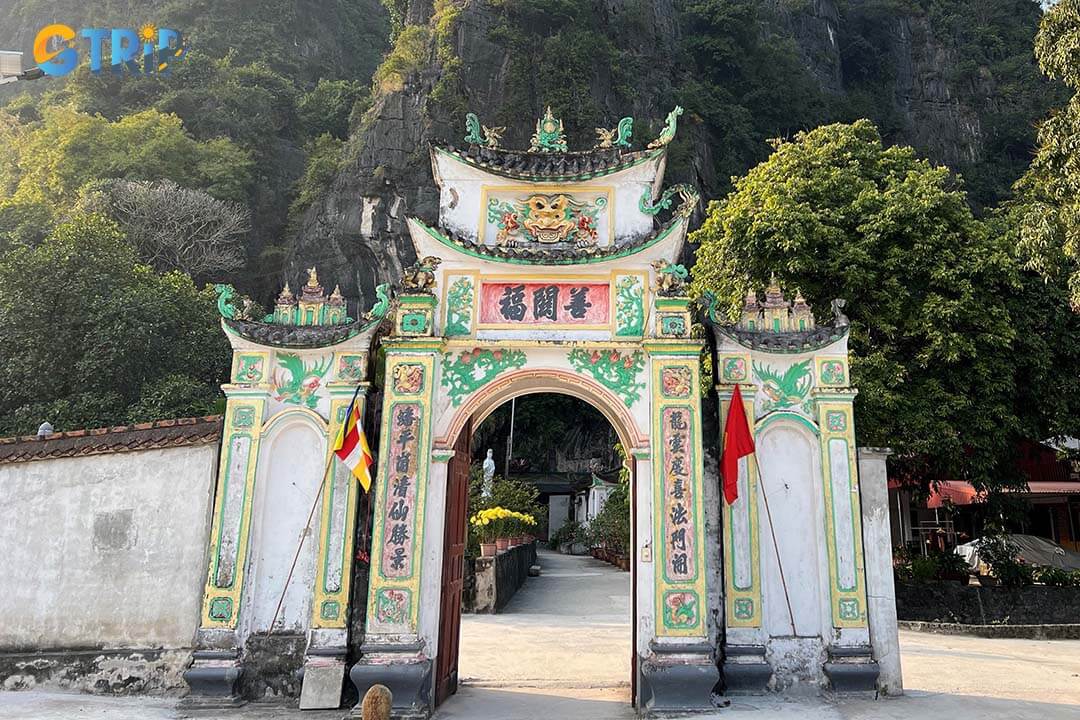
Gate of Ban Long Pagoda
Architecture of Ban Long Pagoda and cave
The architecture of Ban Long Pagoda and cave blends traditional Vietnamese Buddhist design with curved roofs and carved columns. This style harmonizes with the wild beauty of the Dai Tuong mountain range. It merges beautifully with the wild, natural beauty of the Dai Tuong mountain range. Covering about 3,000 square meters, the layout, carvings, and symbols reflect deep spiritual values. They also connect to the cave’s unique geological features.
Inside the cave, the architecture takes on a natural form, emphasizing the raw beauty of the stone interior. The layout includes altars and statues arranged along the cave’s contours, creating a seamless sense of flow and integration between the architecture and nature.
A notable feature is an ancient green stone statue of Amitabha Buddha, the oldest remaining stone Buddha, exuding timeless beauty. Carvings on the stone walls depict traditional Vietnamese patterns and Buddhist symbols, creating a sacred atmosphere. The cave also features stalactites resembling a “nest” of coiled dragons and the 4 sacred animals of Vietnamese culture: the dragon, phoenix, unicorn, and tortoise. These natural formations lend a sense of mystery, blending local folklore with religious symbolism.
Within the cave are a shrine to the Three Holy Mothers, a central figure in Vietnamese spirituality, and precious relics and artifacts. These elements highlight the pagoda’s role as a multi-faith site, honoring both Buddhism and Vietnamese indigenous spiritual practices.
The pagoda sits beneath towering cliffs, protected by the “dragon-shaped” slopes of the mountain range, symbolizing divine protection and presence. The cave’s natural stone blocks and structures enhance the harmony between architecture and nature. This creates a meditative space where visitors feel enveloped by both earth and divinity.
Ban Long Pagoda and cave offer a unique experience with its distinctive Buddhist architectural elements and mythical carvings. The perfect integration with nature forms a sacred sanctuary where religion and nature merge, welcoming worshippers, pilgrims, and visitors alike.
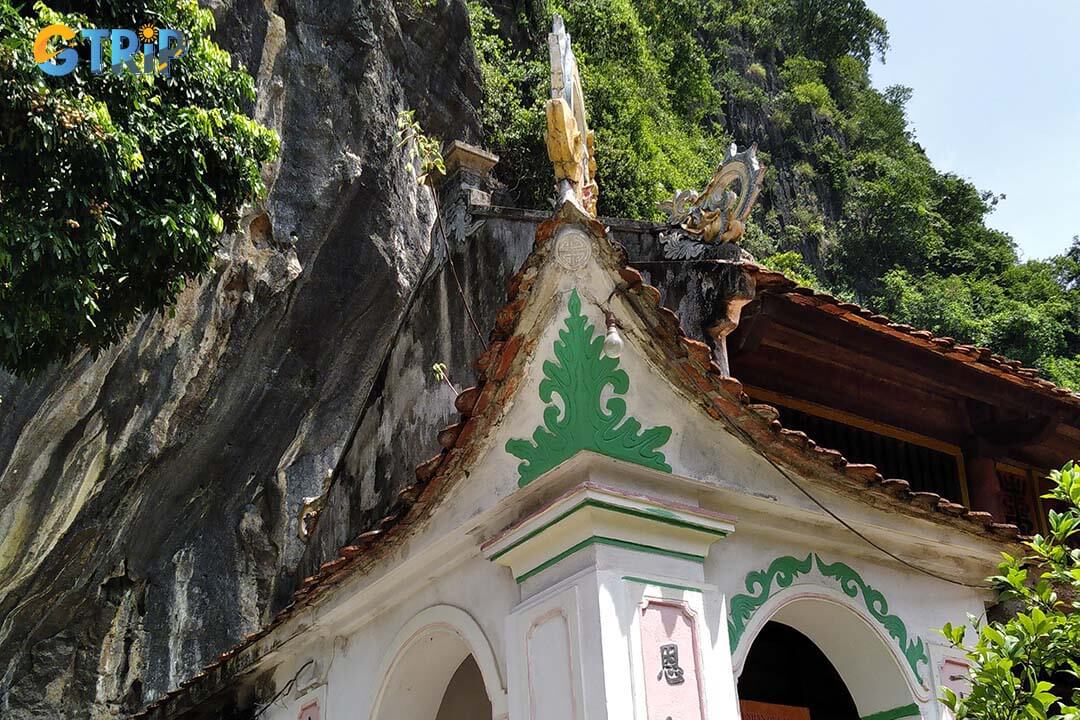
Architecture of Ban Long Pagoda
Tourism highlights in Ban Long Pagoda and cave
Ban Long Pagoda and cave hold deep religious significance, attracting visitors interested in Buddhist practices. The pagoda’s architecture celebrates traditional Vietnamese temple design. It provides a peaceful environment for meditation and reflection. The atmosphere invites visitors to connect with the spiritual heritage of Vietnam.
The landscape surrounding the pagoda and cave combines stunning limestone formations with natural greenery, creating a truly peaceful atmosphere. This tranquility is perfect for exploring the natural beauty, allowing you to immerse yourself in the scenery and capture beautiful moments through photography.
The pagoda and cave offer numerous scenic spots perfect for capturing stunning photographs. The consecutive stone steps and the backdrop of towering limestone mountains create a stunning landscape. The combination of temple structures and natural beauty makes for incredible backdrops. It is crucial to local culture and heritage. It attracts both religious devotees and history lovers. Festivals and ceremonies held at the site further emphasize its spiritual and cultural importance.
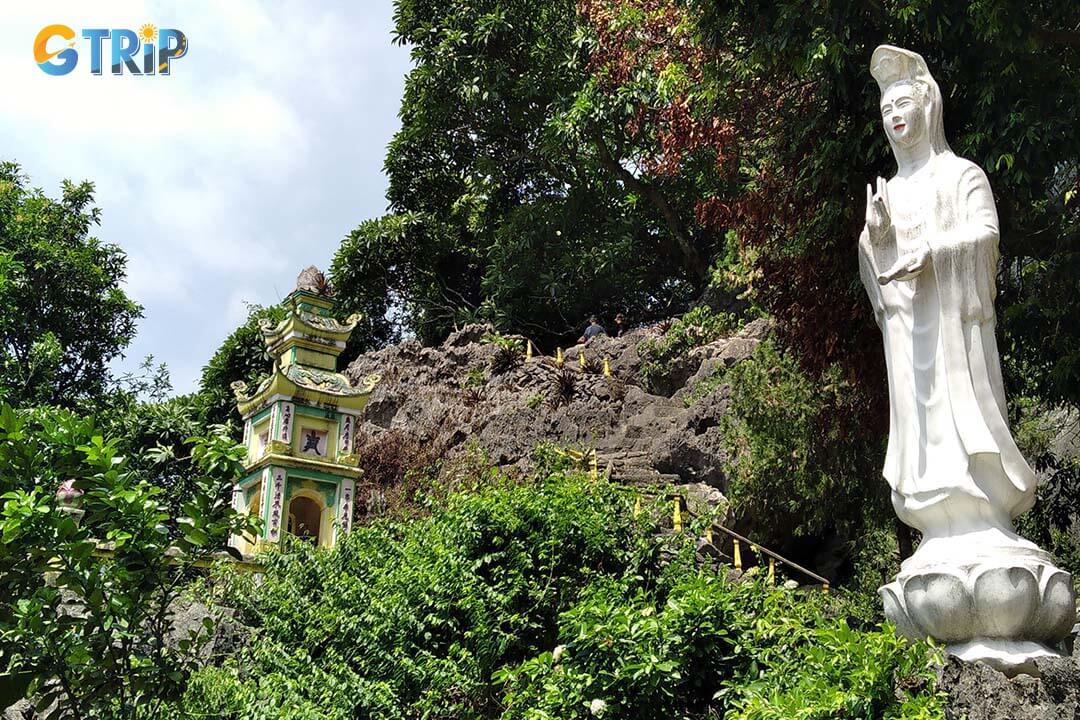
Landscape surrounding Ban Long Pagoda
How to get to Ban Long Pagoda
To reach Ban Long Pagoda and cave, you can start your journey to Trang An. From there, it’s a walkable distance to the pagoda and cave. To get to Trang An, you can travel from Ninh Binh city.
There are many transport options, including coach, bus, and taxi, and it takes around 20 minutes from Ninh Binh City to Trang An Landscape Complex. The path to Ban Long Pagoda isn’t overly rugged, but it does have several stairs. This may be challenging for those with limited mobility, though some areas have been improved for easier access.
Plan accordingly if you need physical assistance and comfortable walking shoes are recommended for easier movement. Nearby parking lots are available for visitors traveling by car. Refreshment stalls are available for those wishing to rest or have a snack.
Rest areas serve day travelers and pilgrims, ensuring a comfortable visit and basic amenities like restrooms are provided close to the site. To reach Ban Long Pagoda, follow the main road from Ninh Binh City toward Hoa Lu District. A detailed map can guide your route for an efficient trip, and signs along the road provide directions to help visitors find the pagoda. Local information centers also offer guidance and maps to support your journey.
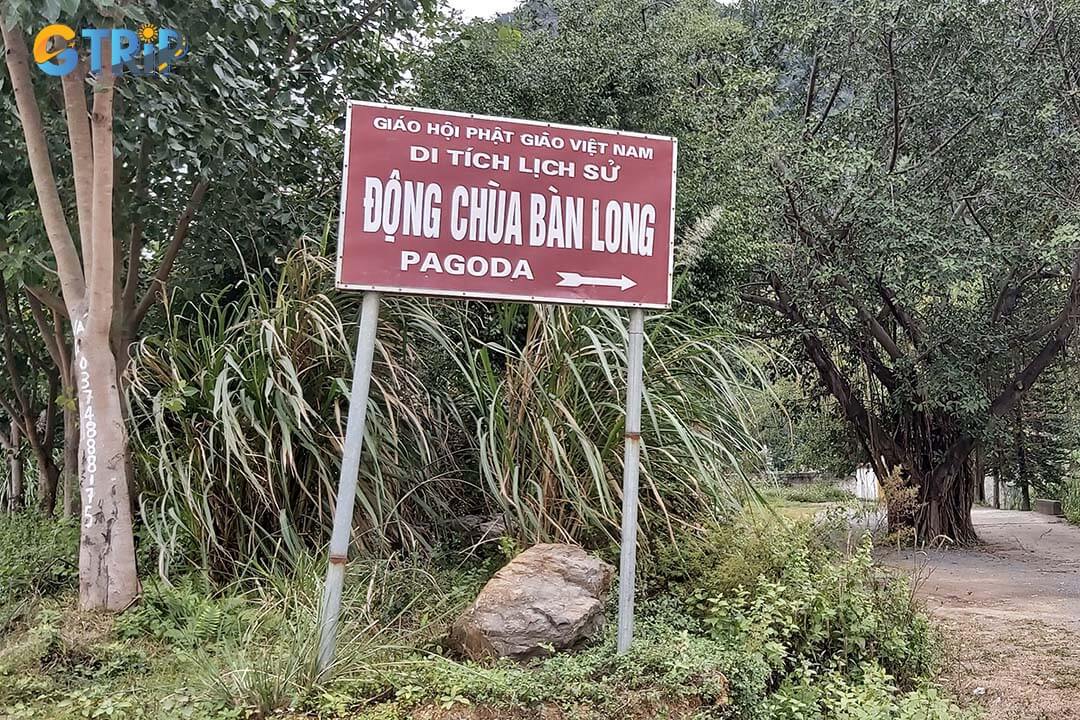
Road to Ban Long Pagoda and Cave
Travel tips for Ban Long Pagoda
We recommend visiting Ban Long Pagoda in the early morning or late afternoon for the best experience. These times offer cooler temperatures and quieter surroundings, enhancing your visit. Spring and autumn are especially ideal, providing comfortable weather and beautiful scenery.
Visitors should wear modest, comfortable clothing suitable for religious sites. Long sleeves and pants are advised to show respect within the pagoda. Comfortable shoes are essential for navigating the stairs and natural terrain around the site.
Show respect by speaking quietly and following local customs while at the pagoda. It is allowed to take photos, but it is best to avoid taking pictures during ceremonies or similar events. If photographing people, permission should be requested. Visitors should avoid touching religious artifacts or disturbing those who are meditating.
Check Ninh Binh weather berfore plan your itinerary
When visiting, you should bring water and wear comfortable shoes. Once you finish your water, please find a trash bin to avoid polluting the environment. You can ask local people nearby for assistance or use the available trash bins in the pagoda. To fully explore the pagoda’s beauty and learn more about the site, you can book a tour with a guide or ask local English-speaking people. They will be happy and willing to help you and explain the special aspects of the pagoda. Remember to dispose of any waste properly, as preserving the natural beauty of Ban Long is a priority.
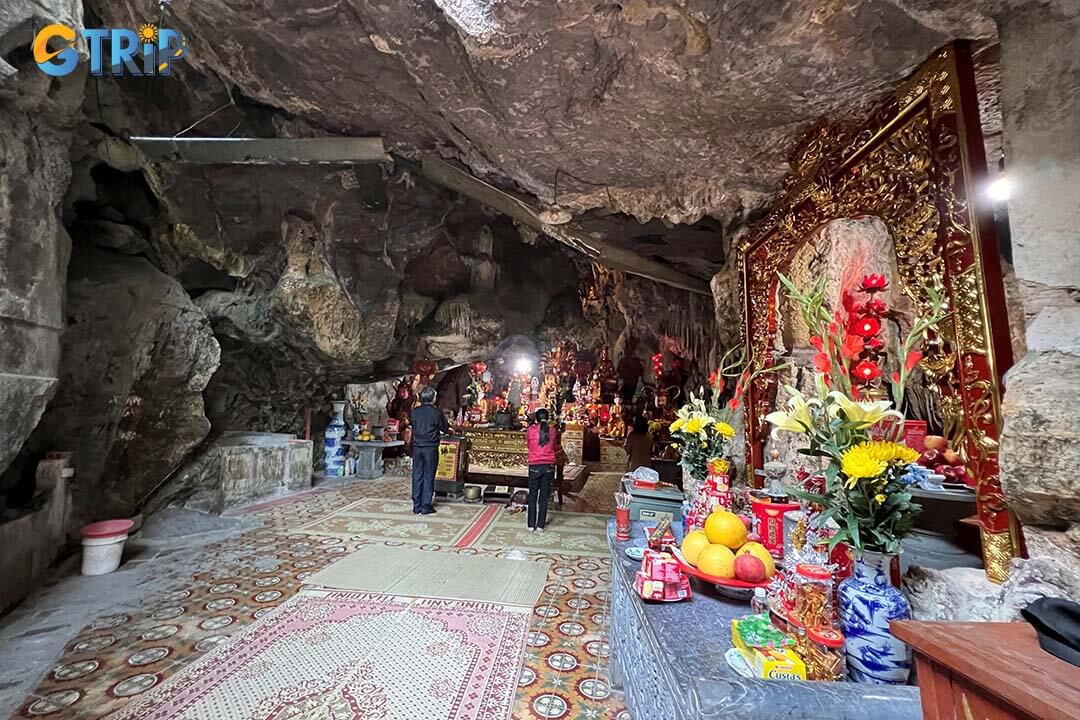
People wishes protection at the pagoda
Ban Long Pagoda and Cave embody the depth of Vietnamese cultural heritage, spiritual devotion, and natural beauty. With its ancient history, compelling legends, and unique architectural elements, the pagoda is a place of reflection, insight, and tranquility for both locals and travelers. The site’s significance goes beyond its breathtaking landscape. It offers profound cultural insights and serves as a reminder of Vietnam’s resilient past.
As visitors, it is crucial to embrace responsible tourism. By respecting and preserving Ban Long Pagoda and Cave, we can ensure that this remarkable site continues to inspire and offer spiritual sanctuary for future generations. Whether captivated by the history, architecture, or natural splendor, each visitor has a role in honoring and protecting the essence of Ban Long for years to come.

